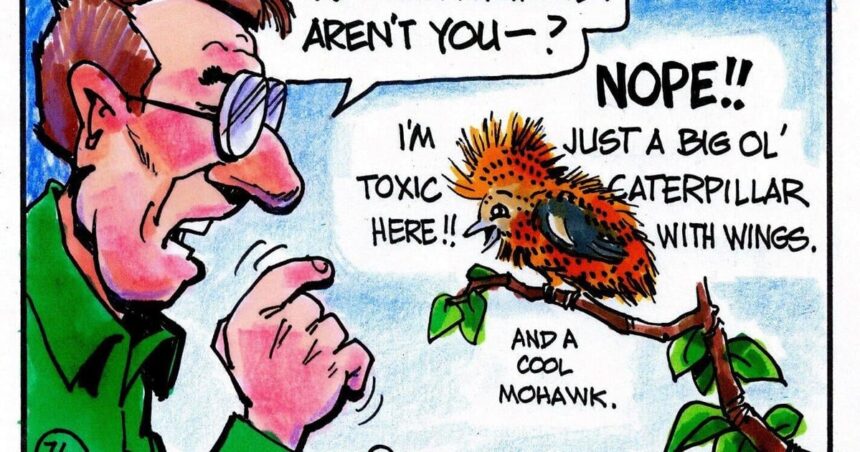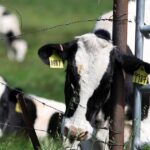Last week, retired biology professor Jack Kirkley helped us differentiate between monarch and viceroy butterflies. The viceroy mimics the monarch because the latter is poisonous to eat.
In response to a question, Jack later explained how the viceroy gradually changed its appearance over time, a process known as evolutionary development.
According to Jack, the viceroy began to resemble the monarch more closely because individuals that looked more like monarchs had better chances of survival and reproduction. This phenomenon is known as copycat behavior in nature.
Another instance of copycat behavior in nature involves certain orchids that release a chemical that attracts male insects by tricking them into thinking they have found a female insect. This deception helps the orchid to spread its pollen.
People are also reading…
Another example in the animal kingdom, according to Jack, is the resemblance of young cheetahs to ferocious honey badgers in terms of their running style and color. This similarity may protect the vulnerable young cheetahs from predators.
The young chicks of the cinereous mourner, a bird native to South America, bear a striking resemblance to a toxic moth caterpillar found in the same region.
Jack refers to these phenomena as the great pretenders of the natural world and highlights many other examples where plants, insects, and animals adapt their appearance to increase their chances of survival and reproduction.
In the 1850s, scientist Charles Darwin coined the term “natural selection” to describe these gradual changes in living things over time. Individuals with advantageous features, like the viceroy butterfly, are more likely to thrive and reproduce.
— Brett French, french@billingsgazette.com





